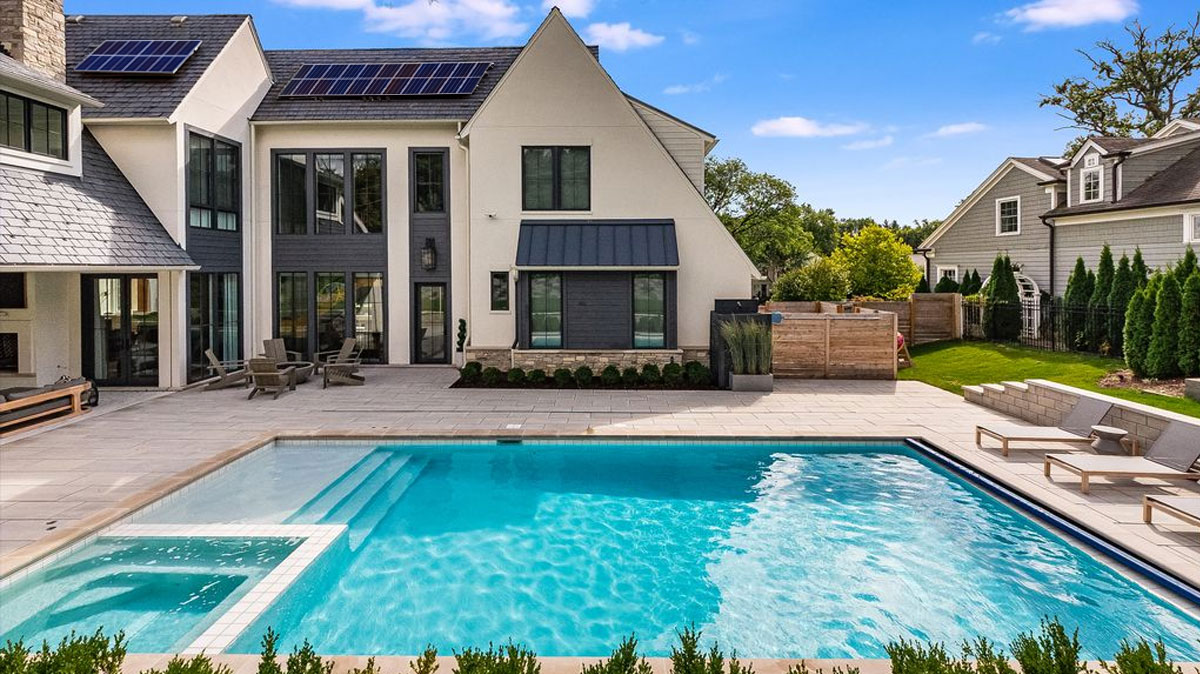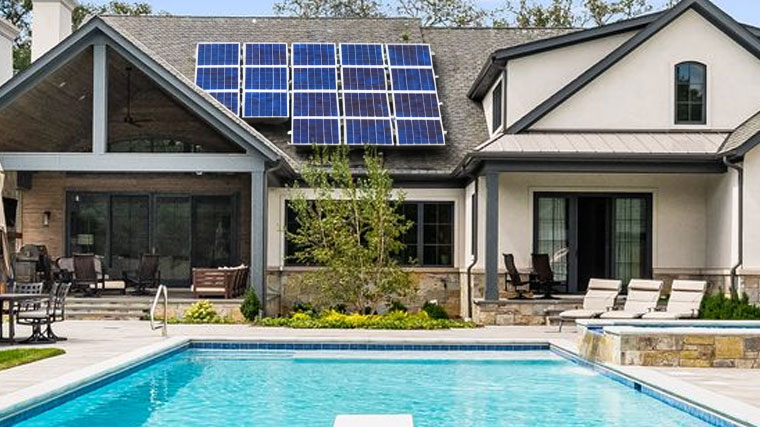
Heating a swimming pool can be one of the most significant costs associated with pool ownership. But what if you could keep your pool comfortably warm without spending a fortune on energy bills? With the right strategies, you can harness natural resources and energy-efficient methods to heat your swimming pool virtually for free. Here’s how to do it.
Use a Solar Pool Cover
One of the simplest and most effective ways to heat your pool for free is by using a solar pool cover, also known as a solar blanket. These covers are designed to capture and retain the sun’s heat, preventing it from escaping your pool overnight.
- How It Works: Solar covers absorb sunlight during the day and transfer the heat to your pool water. They also help reduce evaporation, which is one of the main causes of heat loss.
- Benefits: A solar cover can raise your pool temperature by 10 to 15 degrees, significantly extending your swimming season.
- Bonus Tip: Keep the cover on whenever the pool is not in use to maximize heat retention.
Install Solar Panels
While not entirely free initially, solar panels can provide long-term, virtually free heating for your pool. This eco-friendly option allows you to harness the power of the sun to heat your pool water without relying on electricity or gas.
- How It Works: Solar panels are installed on your roof or a sunny area of your property. Water is pumped through the panels, where it is heated by the sun and then returned to the pool.
- Investment and Payback: While solar panel systems require an upfront investment, they typically pay for themselves within a few years through savings on energy bills.
- Environmental Impact: Solar heating systems produce no greenhouse gas emissions, making them an environmentally responsible choice.
Leverage a Solar Ring or Solar Disk
If a full solar cover isn’t practical for your pool, consider using solar rings or disks. These smaller, flexible rings float on the surface of your pool and function similarly to a solar cover by absorbing and retaining heat.
- How It Works: Each ring or disk contains air-filled compartments that trap heat from the sun and transfer it to the water below.
- Flexibility: Solar rings are easy to remove and can be used in combination with other heating methods for added efficiency.
- Scalability: You can add as many rings as needed to cover your pool’s surface area, making it a customizable option.

Utilize a Windproof Pool Enclosure
Wind is a major factor in heat loss from swimming pools. By installing a windproof pool enclosure or even strategically planting windbreaks like hedges or fences, you can reduce the cooling effects of wind and help keep your pool warmer.
- How It Works: Enclosures and windbreaks block the wind from cooling the pool surface, allowing the water to retain more of its heat.
- Additional Benefits: A pool enclosure can also keep debris out of your pool, reducing maintenance efforts and costs.
Take Advantage of Geothermal Heating
If you live in an area with access to geothermal energy, you can tap into this natural resource to heat your pool virtually for free. Geothermal heating uses the earth’s constant underground temperature to warm your pool water.
- How It Works: A geothermal heat pump extracts heat from the ground and transfers it to your pool water. This method is highly efficient and has a low environmental impact.
- Initial Costs: Like solar panels, geothermal systems require an upfront investment but offer significant long-term savings.
- Sustainability: Geothermal heating is a renewable energy source, making it a sustainable option for eco-conscious pool owners.
Use a Solar Water Heater
A solar water heater is another effective way to heat your pool using the sun’s energy. This system uses a series of tubes or panels through which water circulates, absorbing heat from the sun before being returned to the pool.
- How It Works: Similar to solar panels, solar water heaters are installed in a sunny location. The system uses the sun’s energy to heat the pool water as it passes through the collector.
- Cost Savings: After the initial installation, the system operates with minimal ongoing costs, offering virtually free pool heating.
Optimize Your Pool’s Location
If you’re still in the planning stages of installing a pool, or if you’re considering renovations, take advantage of your pool’s location to maximize natural heating.
- South-Facing Exposure: Ensure your pool is positioned to receive the maximum amount of sunlight throughout the day. South-facing pools benefit the most from direct sunlight, which can naturally raise the water temperature.
- Remove Shade Sources: Trim trees or remove other obstructions that block sunlight from reaching your pool.